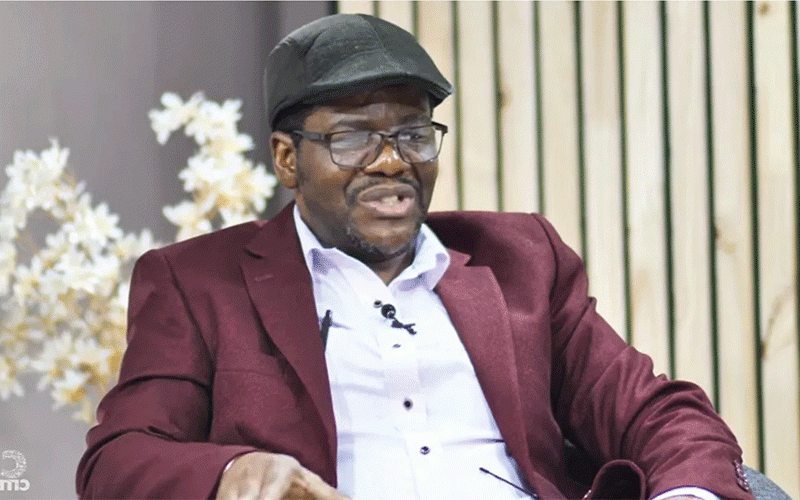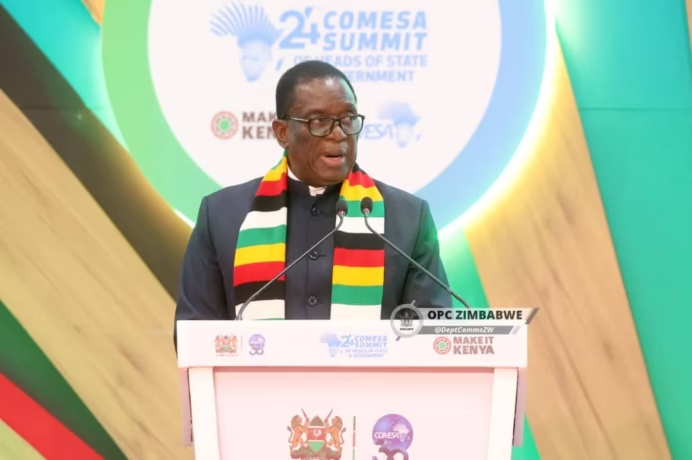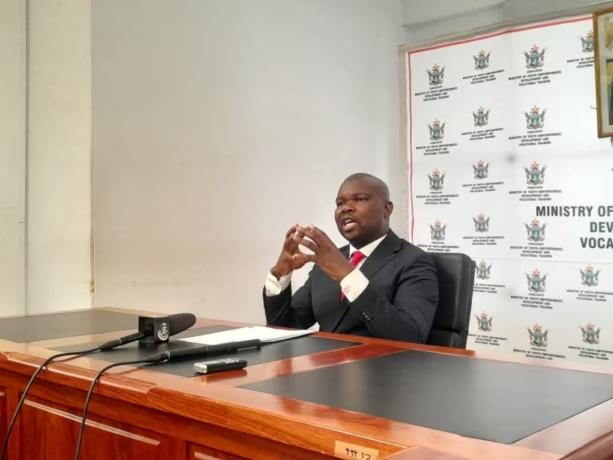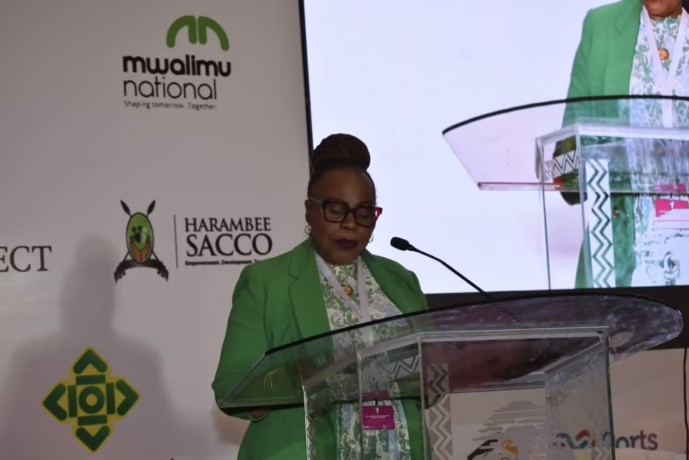
The 57th Plenary Assembly of the SADC Parliamentary Forum in Victoria Falls City unfolded as more than a ceremonial gathering; it became a crucible for envisioning the region’s future. Among the voices that resonated with clarity and conviction was that of Honourable Sengizo Tshabangu, whose reflections on Artificial Intelligence (AI) captured both the promise and the practicalities of transforming SADC’s economic landscape. His insights at this pivotal assembly revealed how AI, when harnessed responsibly, could ignite a new era of prosperity across agriculture, education, small businesses, and regional trade.
In the conference halls where regional integration took center stage, Honourable Tshabangu’s remarks emphasized that AI’s impact goes far beyond automation and futuristic gadgets, it’s about reshaping livelihoods. In agriculture, he painted a compelling picture of AI-powered drones traversing fields, scanning crops for disease, and analyzing soil conditions with pinpoint accuracy. These technologies, he argued, have the potential to enhance food security, raise incomes, and empower farmers to make data-driven decisions. It’s a vision of an agricultural sector that is not only resilient but also smart, ensuring no farmer is left behind in the digital revolution.
In education, Tshabangu’s vision extended to classrooms where AI-driven systems adapt lessons to each learner’s pace and learning style. This innovation, he argued, could bridge knowledge gaps and transform teacher-student interactions into personalized learning journeys. It’s a vision that celebrates diversity in learning and ensures every child has the chance to thrive in the digital age.
Tshabangu’s analysis didn’t stop at farms or classrooms. He championed the role of AI in Small and Medium-Sized Enterprises (SMEs), the backbone of many SADC economies. From predictive analytics that forecast market trends to AI-powered chatbots that enhance customer service, he highlighted the transformative potential for SMEs to become more competitive and resilient. In a region where entrepreneurs often face daunting challenges, AI offers a lifeline, a tool to navigate uncertain markets and tap into global value chains.
But perhaps the most stirring part of Tshabangu’s reflections came when he addressed regional collaboration. He envisioned a SADC region united not just by trade agreements but by a shared commitment to digital skills and inclusive growth. Joint digital literacy campaigns, innovation hubs, and regional knowledge-sharing platforms, he suggested, could bridge divides and ensure that youth and women are active participants in the digital economy. He called for inclusive policies that leave no one behind, including marginalized communities and people living with disabilities, recognizing that true digital transformation is measured by who benefits from it.
As the assembly deliberated on trade facilitation and cross-border connectivity, Tshabangu turned his gaze to the highways and borders that connect the region. AI-powered customs clearance, predictive logistics, and blockchain-based trade platforms, he argued, could eliminate delays, reduce costs, and enhance transparency in trade. These technologies are not abstract, they are the key to unlocking regional integration, strengthening supply chains, and ensuring that no border becomes a barrier to progress.
Yet, Tshabangu was clear-eyed about the challenges ahead. He underscored the need for investment in digital infrastructure, regulatory frameworks that nurture innovation while safeguarding rights, and public-private partnerships that pool expertise and resources. For him, AI’s promise is not just technological; it is deeply human, it’s about empowerment, opportunity, and shared prosperity.
As the 57th Plenary Assembly of the SADC Parliamentary Forum concluded, Honourable Sengizo Tshabangu’s voice emerged as a clarion call: that AI and emerging technologies, when embraced with foresight and inclusivity, can transform the SADC region into a model of sustainable growth and integration. His words remind us that technology is not an end in itself but a bridge to a future where every citizen can participate, innovate, and thrive.




